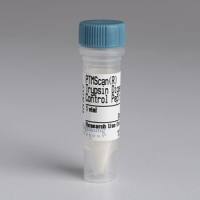Synthesis of an Esterase-Sensitive Cyclic Prodrug of a Model Hexapeptide Having Enhanced Membrane Permeability and Enzymatic Stability Using a 3-(2-Hy
互联网
互联网
相关产品推荐

Tau Mouse Model Neuronal Viability IF Antibody Sampler Kit
¥500

冠状病毒HCoV-OC43 Coronavirus Hemagglutinin esterase蛋白|Coronavirus Hemagglutinin esterase protein|Coronavirus Hemagglutinin esterase(HCoV-OC43, C-His)
¥5820

RNF7/RNF7蛋白Recombinant Human RING-box protein 2 (RNF7)重组蛋白CKII beta-binding protein 1 ;CKBBP1RING finger protein 7Regulator of cullins 2Sensitive to apoptosis gene protein蛋白
¥1500

LUXS/LUXS蛋白Recombinant Bacillus subtilis S-ribosylhomocysteine lyase (luxS)重组蛋白AI-2 synthesis protein Autoinducer-2 production protein LuxS蛋白
¥2328

GSP1/GSP1蛋白Recombinant Saccharomyces cerevisiae GTP-binding nuclear protein GSP1/CNR1 (GSP1)重组蛋白Chromosome stability protein 17GTPase Ran homologGenetic suppressor of PRP20-1蛋白
¥2328
推荐阅读
Synthesis of an Esterase-Sensitive Cyclic Prodrug of a Model Hexapeptide Having Enhanced Membrane Permeability and Enzymatic Stability Using an Acylox
Synthesis of Coumarin-Based, Esterase-Sensitive Cyclic Prodrugs of Opioid Peptides with Enhanced Membrane Permeability and Enzymatic Stability
Synthesis of Cyclic Disulfide-Rich Peptides

